Tableware is one of the most common products in daily life. It is a good helper for us to enjoy delicious food every day. So what materials are tableware made of? Not only for inspectors, but also for some foodies who like delicious food, it is also very practical knowledge.
copper tableware
Copper tableware includes copper pots, copper spoons, copper hot pots, etc. On the surface of copper tableware, you can often see some blue-green powder. People call it patina. It is an oxide of copper and is non-toxic. However, for the sake of cleaning, it is best to remove the copper tableware before loading food. The surface is smoothed with sandpaper.
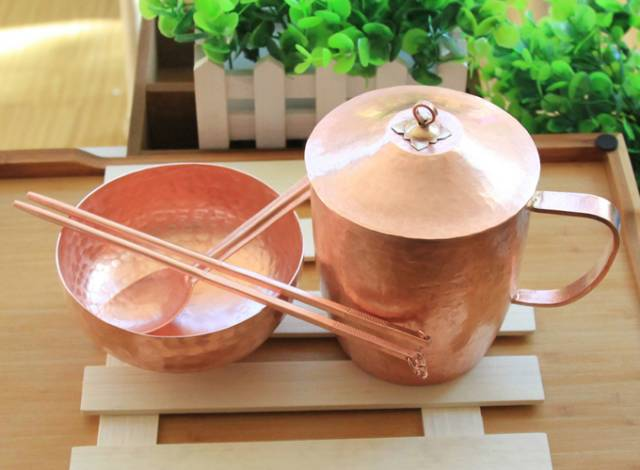
porcelain tableware
Porcelain was recognized as non-toxic tableware in the past, but in recent years there have been reports of poisoning caused by the use of porcelain tableware. It turns out that the beautiful coating (glaze) of some porcelain tableware contains lead. If the temperature when firing the porcelain is not high enough or the glaze ingredients do not meet the standards, the tableware may contain more lead. When food comes into contact with the tableware, the lead may overflow. The surface of the glaze mixes into the food. Therefore, those ceramic products with prickly and spotted surfaces, uneven enamel or even cracks are not suitable for tableware. In addition, most porcelain adhesives contain high levels of lead, so it is best not to use repaired porcelain as tableware.
When selecting porcelain tableware, use your index finger to lightly tap the porcelain. If it makes a crisp, crisp sound, it means that the porcelain is delicate and has been fired well. If it makes a hoarse sound, it means that the porcelain is damaged or the porcelain has not been properly fired. The embryo quality is poor.
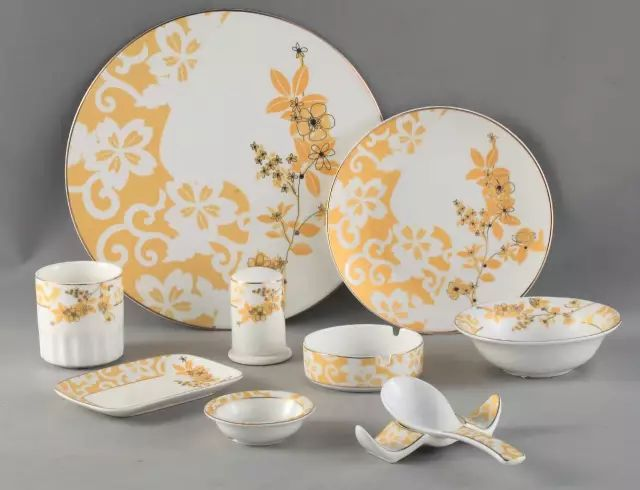
Enamel tableware
Enamel products have good mechanical strength, are strong, not easily broken, and have good heat resistance and can withstand a wide range of temperature changes. The texture is smooth, tight and not easily contaminated with dust, clean and durable. The disadvantage is that after being hit by external force, it often cracks and breaks.
What is coated on the outer layer of enamel products is actually a layer of enamel, which contains substances such as aluminum silicate. If it is damaged, it will be transferred to the food. Therefore, when purchasing enamel tableware, the surface should be smooth and flat, the enamel should be uniform, the color should be bright, and there should be no transparent foundation or embryos.
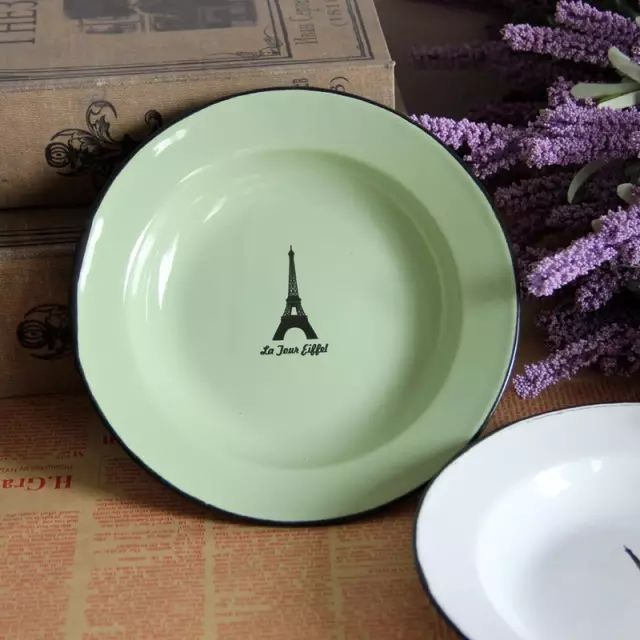
Bamboo tableware
The biggest advantage of bamboo tableware is that it is easy to obtain and has no toxic effects of chemicals. But their weakness is that they are more susceptible to contamination and mold than other
tableware. If you do not pay attention to disinfection, it can easily cause intestinal infectious diseases.
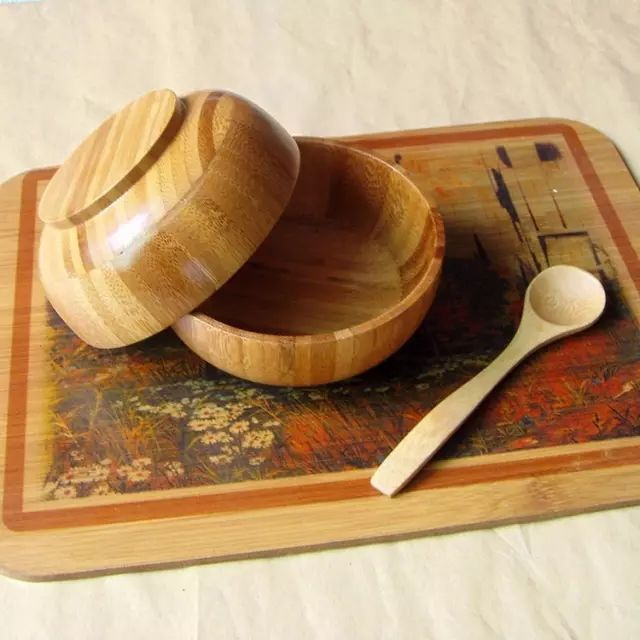
Plastic cutlery
The raw materials of plastic tableware are generally polyethylene and polypropylene. This is a non-toxic plastic recognized by the health departments of most countries. Sugar boxes, tea trays, rice bowls, cold water bottles, baby bottles, etc. on the market are all made of this type of plastic.
However, polyvinyl chloride (which has a similar molecular structure to polyethylene) is a dangerous molecule, and a rare form of hemangioma in the liver has been found to be associated with people who are frequently exposed to polyvinyl chloride. Therefore, when using plastic products, you must pay attention to the raw materials.
Attached is the identification method of polyvinyl chloride:
1.Any plastic product that feels smooth to the touch, is flammable when exposed to fire, and has a yellow flame and a paraffin smell when burning is non-toxic polyethylene or polypropylene.
2.Any plastic that feels sticky to the touch, is refractory to fire, has a green flame when burning, and has a pungent smell is polyvinyl chloride and cannot be used as food containers.
3.Do not choose brightly colored plastic tableware. According to tests, the color patterns of some plastic tableware release excessive amounts of heavy metal elements such as lead and cadmium.
Therefore, try to choose plastic tableware that has no decorative patterns and is colorless and odorless.
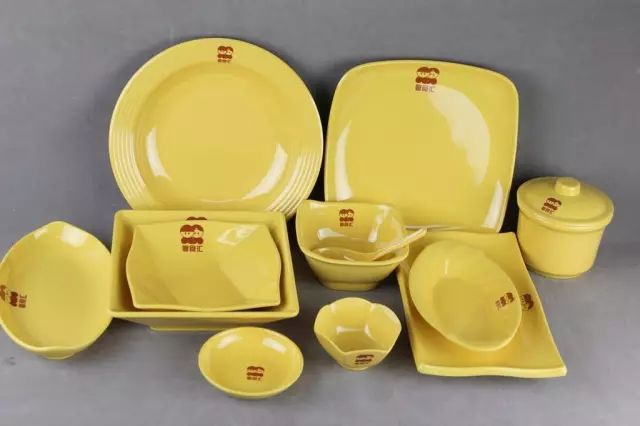
iron tableware
Generally speaking, iron tableware is non-toxic. However, ironware is prone to rust, and rust can cause nausea, vomiting, diarrhea, upset, loss of appetite and other diseases.
In addition, it is not advisable to use iron containers to hold cooking oil, because oil will easily oxidize and deteriorate if stored in iron for too long. At the same time, it is best not to use iron containers to cook foods and beverages rich in tannins, such as juice, brown sugar products, tea, coffee, etc.
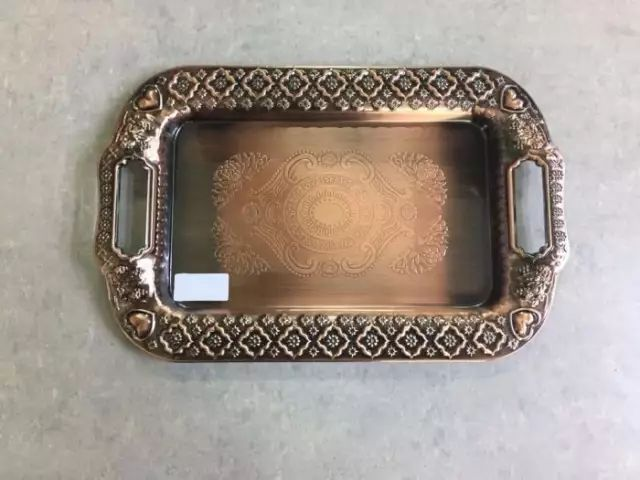
Aluminum cutlery
Aluminum tableware is non-toxic, lightweight, durable, high-quality and low-priced. However, excessive accumulation of aluminum in the human body has the effect of accelerating aging and has certain adverse effects on people's memory.
Aluminum tableware is not suitable for cooking acidic and alkaline foods, nor is it suitable for long-term storage of meals and salty foods.
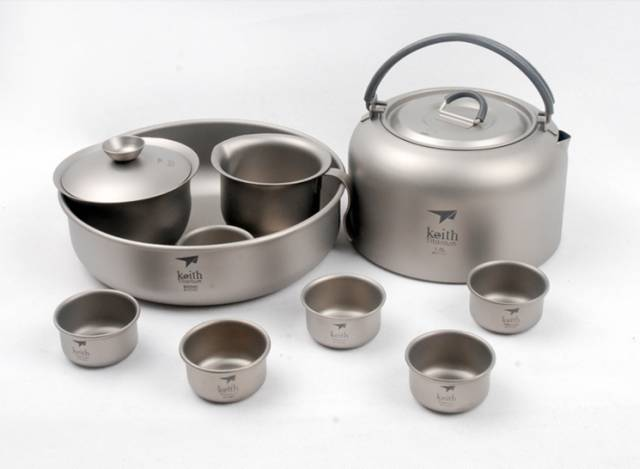
glass tableware
Glass tableware is clean and hygienic and generally does not contain toxic substances. However, glass tableware is fragile and sometimes becomes moldy. This is because glass is corroded by water for a long time and will produce substances harmful to human health. It must be washed away frequently with alkaline detergent.
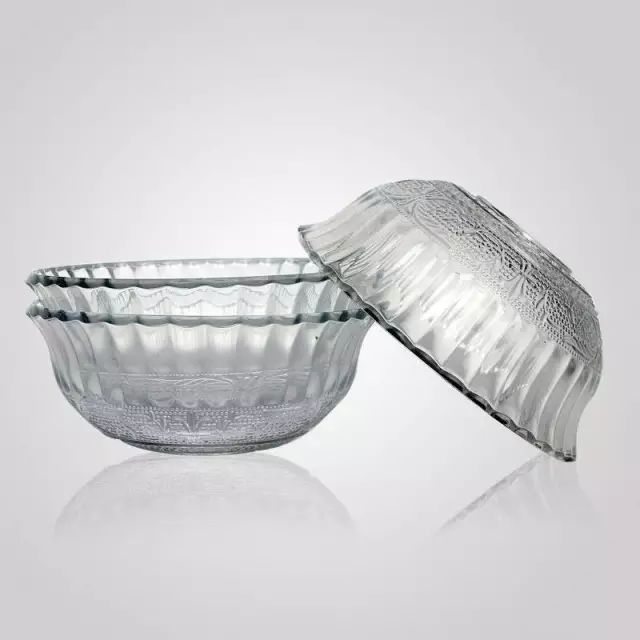
Stainless steel cutlery
Stainless steel tableware is beautiful, light and easy to use, corrosion-resistant and does not rust, so it is very popular among people.
Stainless steel is made of iron-chromium alloy mixed with nickel, molybdenum and other metals. Some of these metals are harmful to the human body, so when using it, you should be careful not to hold salt, soy sauce, vinegar, etc. for a long time, because the electrolytes in these foods are Stainless steel will react with long-term contact, causing harmful substances to be dissolved.
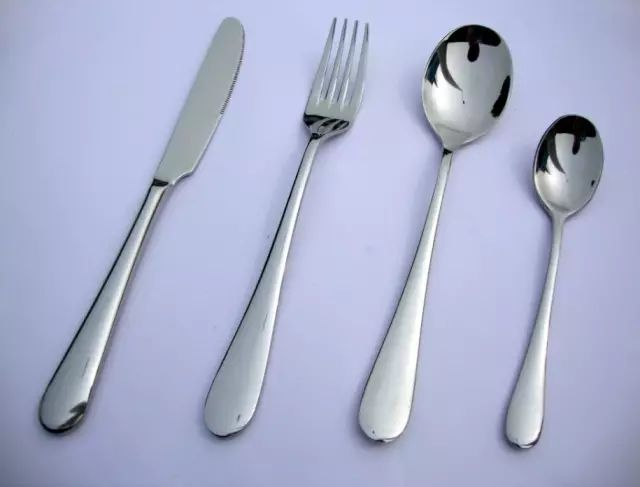
Post time: Jan-02-2024





